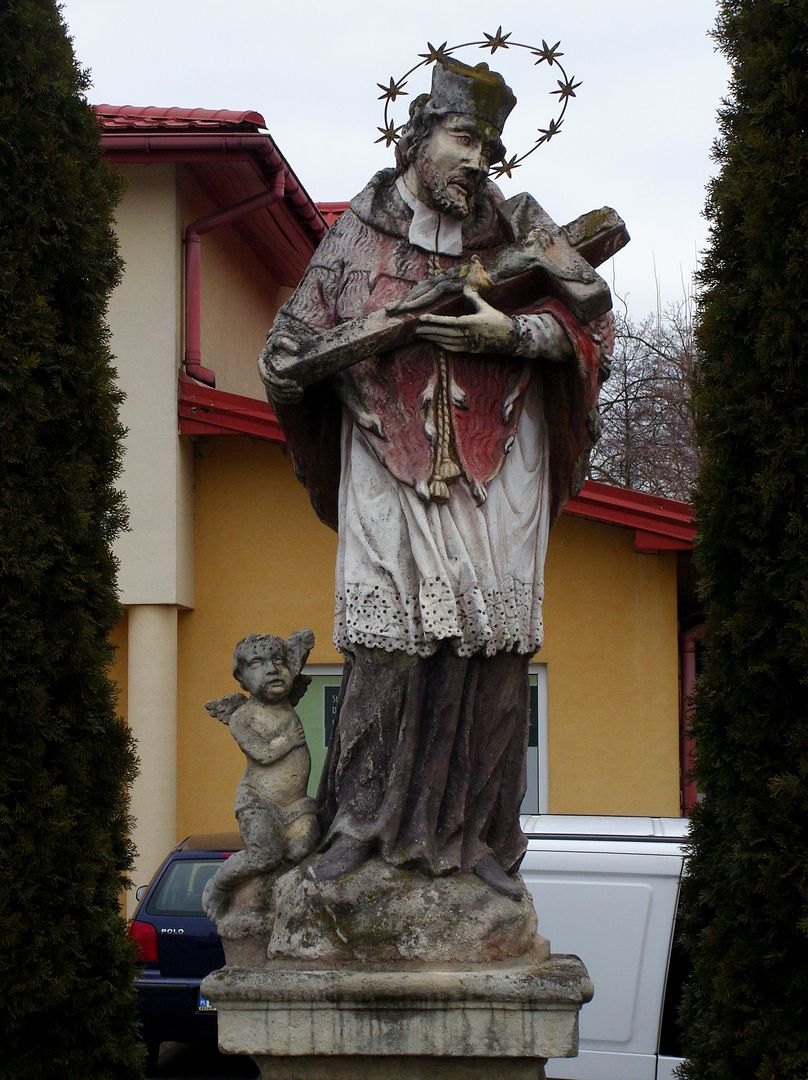Skolyszyn
6.18

Overview
Skołyszyn is a rural municipality in the Podkarpackie Voivodeship, within Jasło County, situated in the Carpathian Foothills, in the Gorlice Depression. In 2021, it was home to 2,046 residents. The village is traversed by the Ropa River, and within its boundaries run the national road No. 28 and a railway line with a station. The village boasts rich historical roots dating back to the 9th–10th centuries when it was a border settlement, repeatedly destroyed and rebuilt. The existence of Skołyszyn began to be documented in the 14th century, and in 1411, King Władysław Jagiełło granted it town privileges. The culture of Skołyszyn was shaped by noble settlement, with notable owners including the Sułowski and Klobassa families, who contributed to the development of the oil industry in the region. In the 19th century, a vocational school was established, and the village gained significance due to oil mining activities. In the second half of the 20th century, Skołyszyn developed dynamically, with new facilities such as schools, water supply systems, and industrial plants emerging over the years. Skołyszyn is known for its architectural landmarks, including a 19th-century manor farm complex, a manor park, a statue of St. John of Nepomuk, and a brick chapel. Prominent figures associated with Skołyszyn include Piotr Sułowski, who participated in the Union of Lublin, and the Mitera brothers, who contributed to independence efforts. Skołyszyn is also a place where history is cultivated through local traditions and monuments, and its residents take pride in their rich past and cultural heritage.
Location
2025 Wizytor | All Rights Reserved